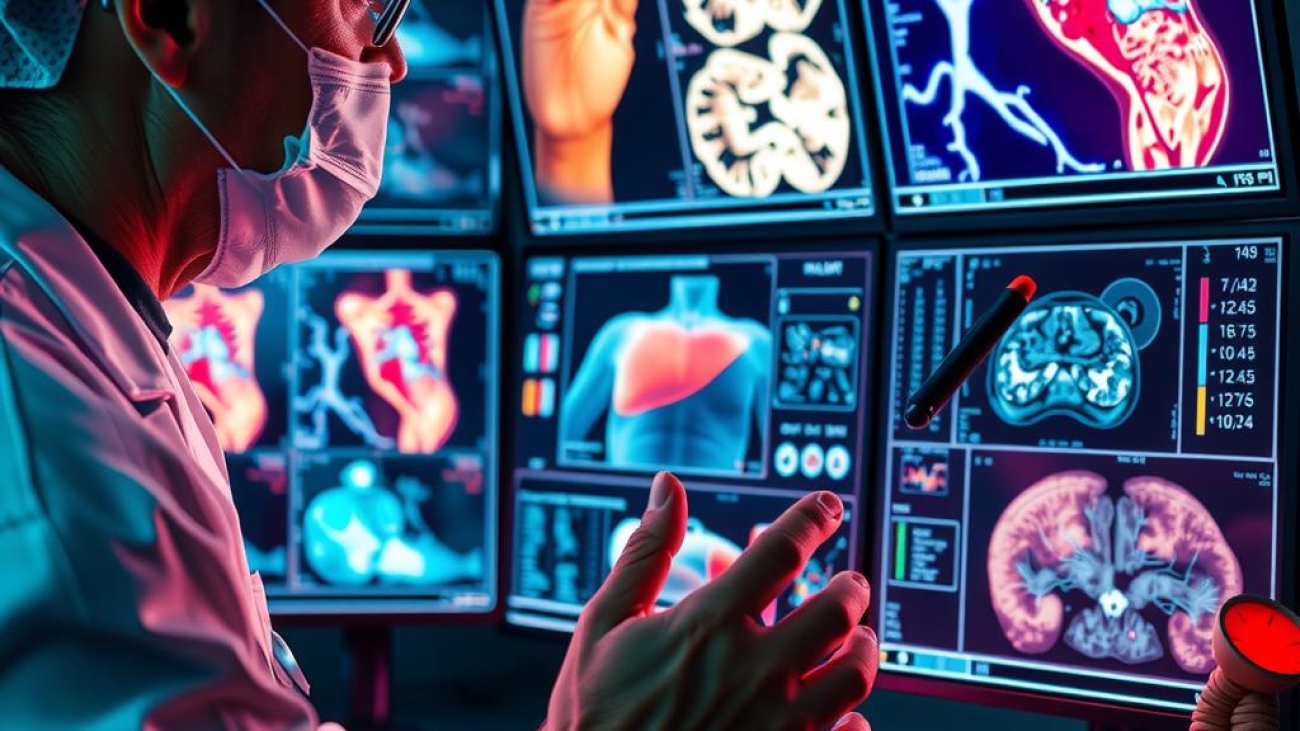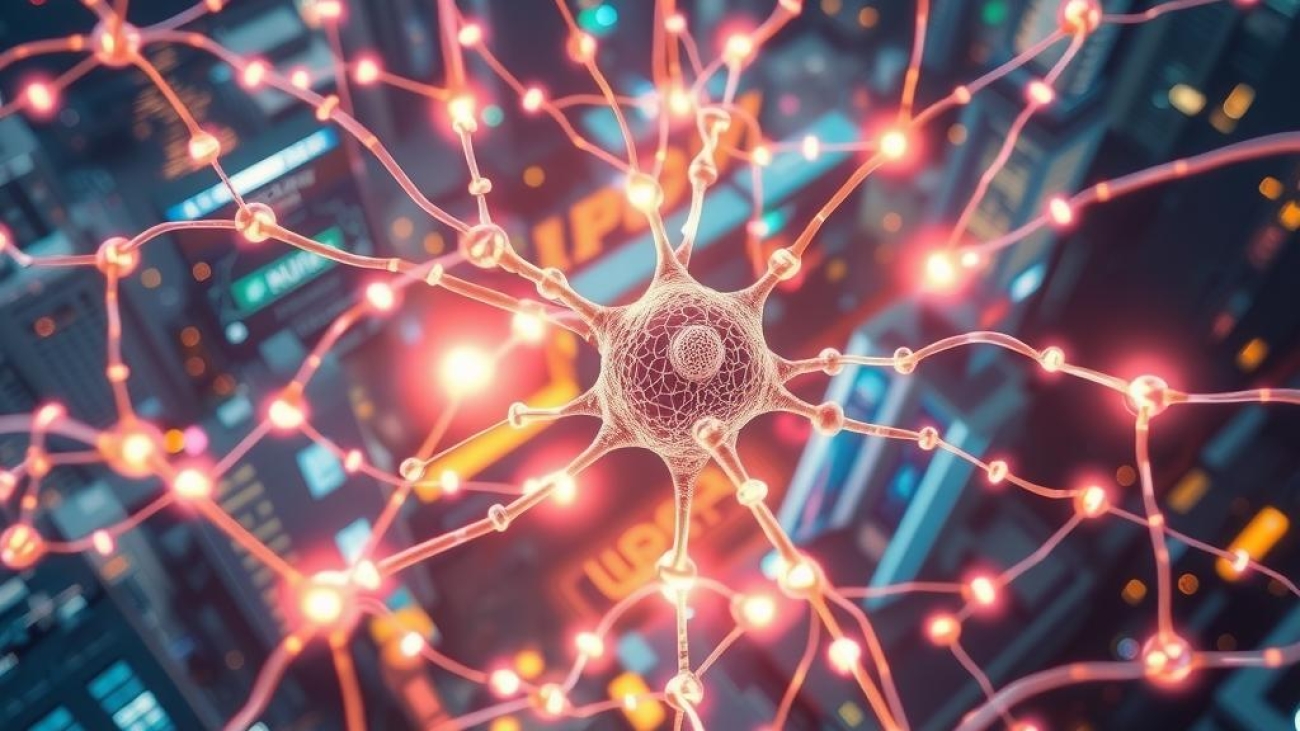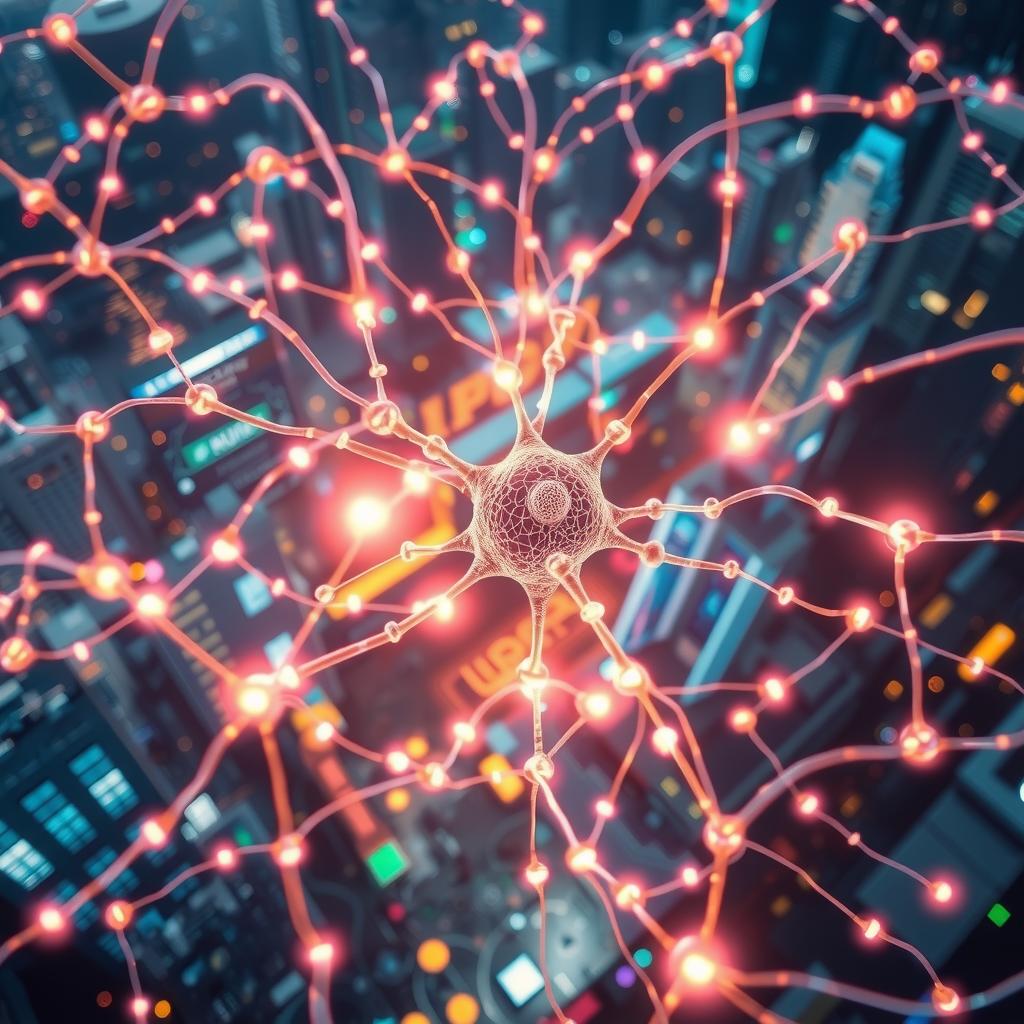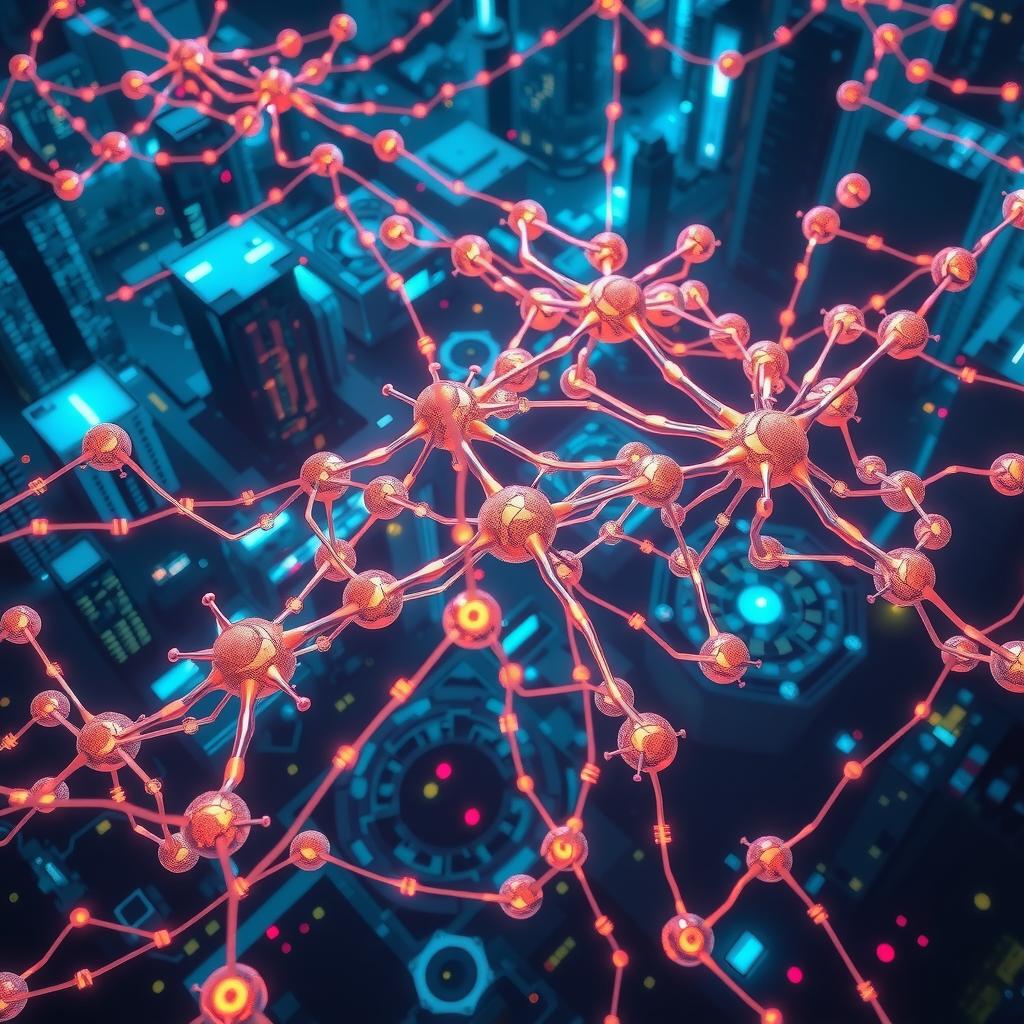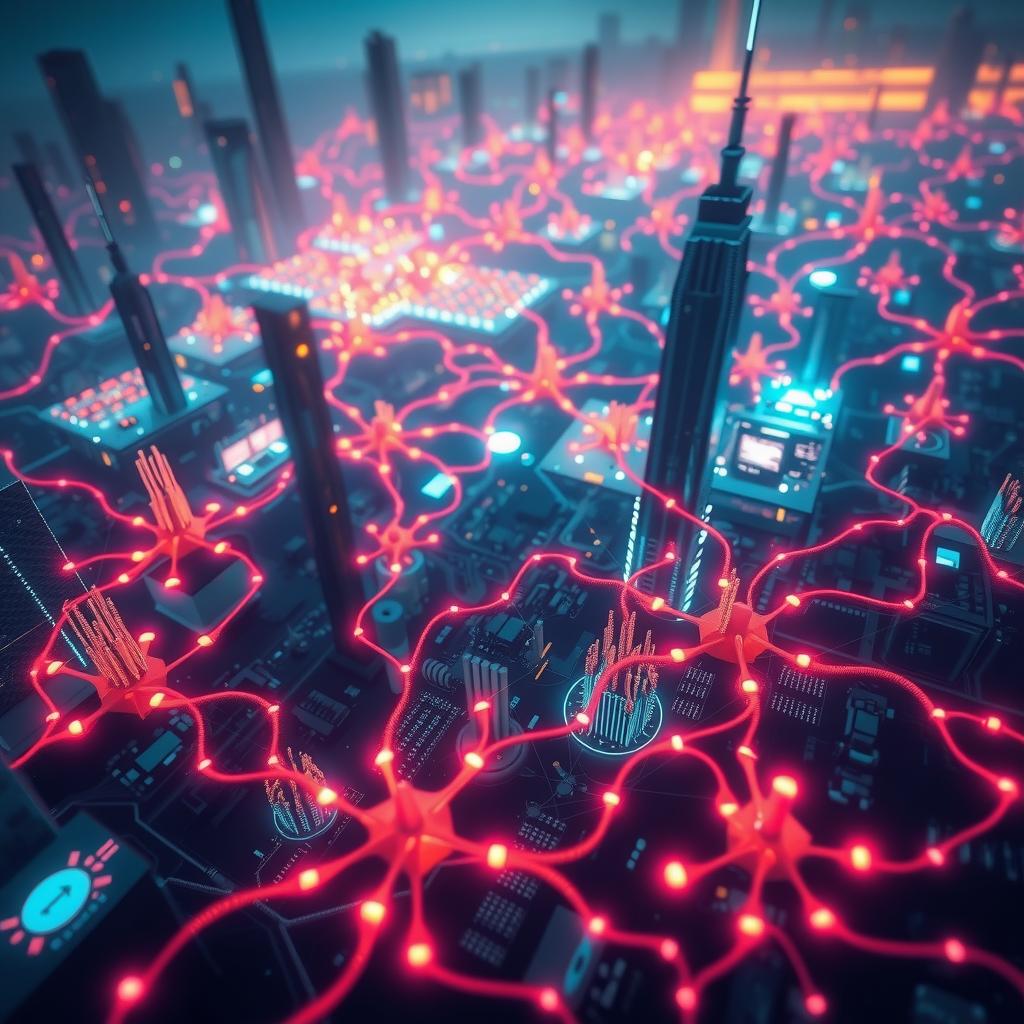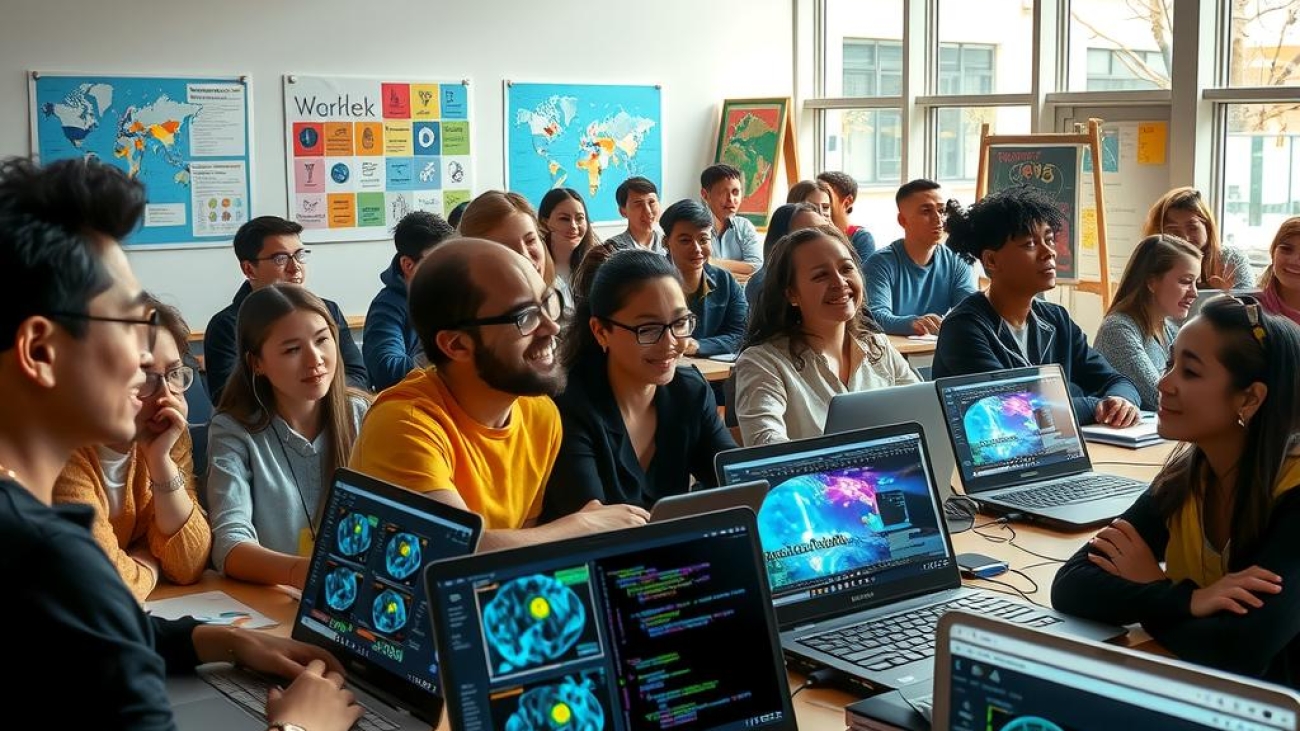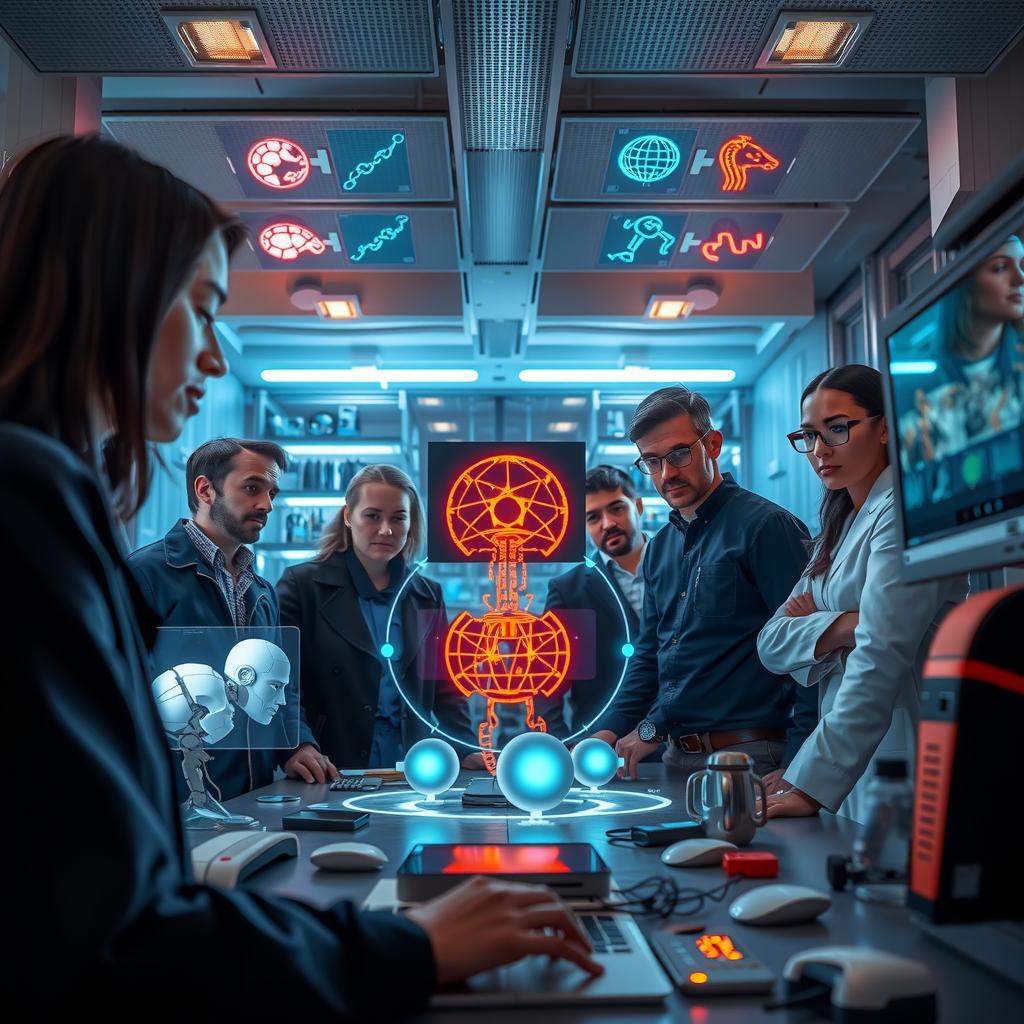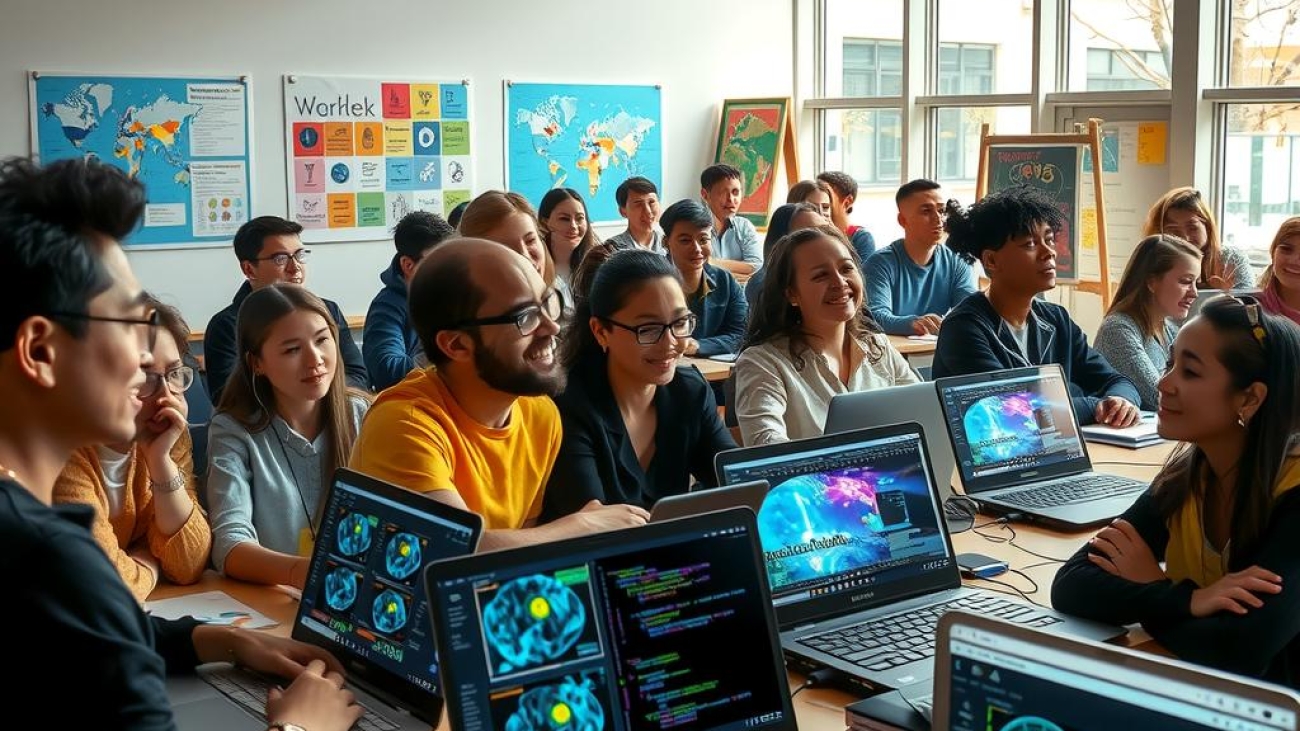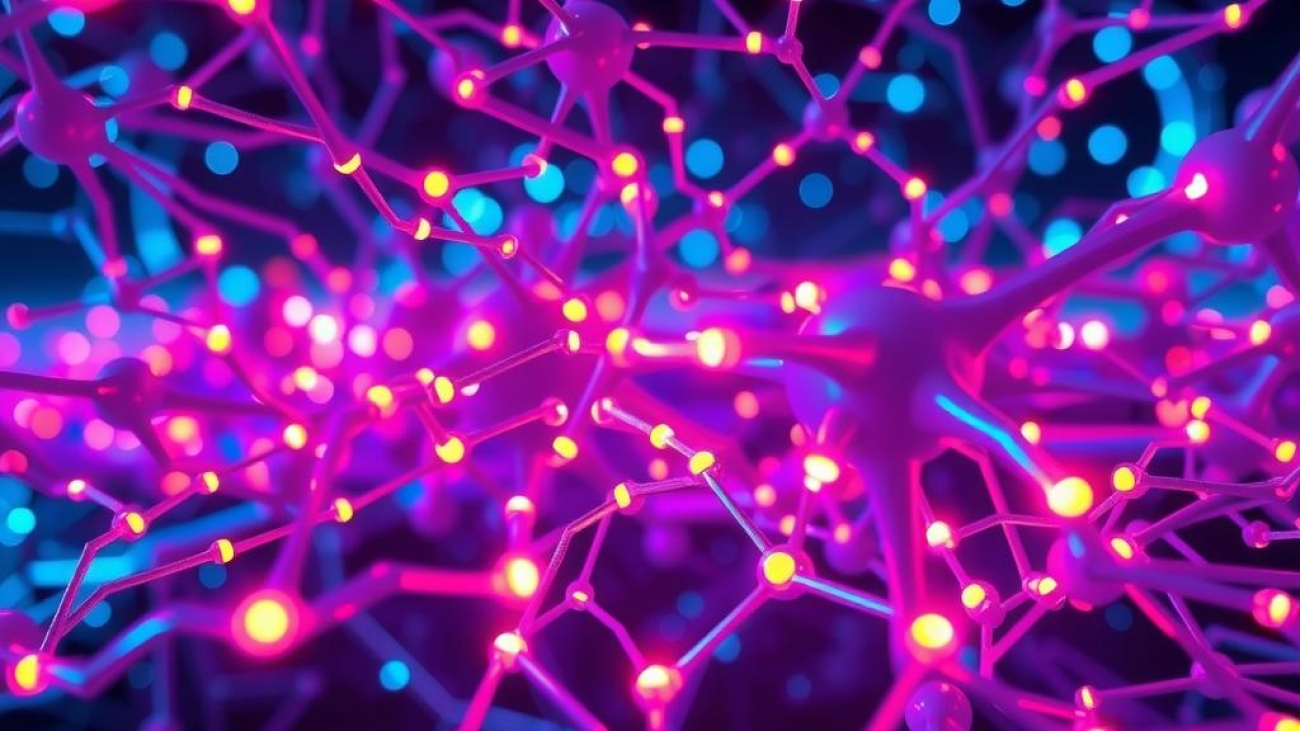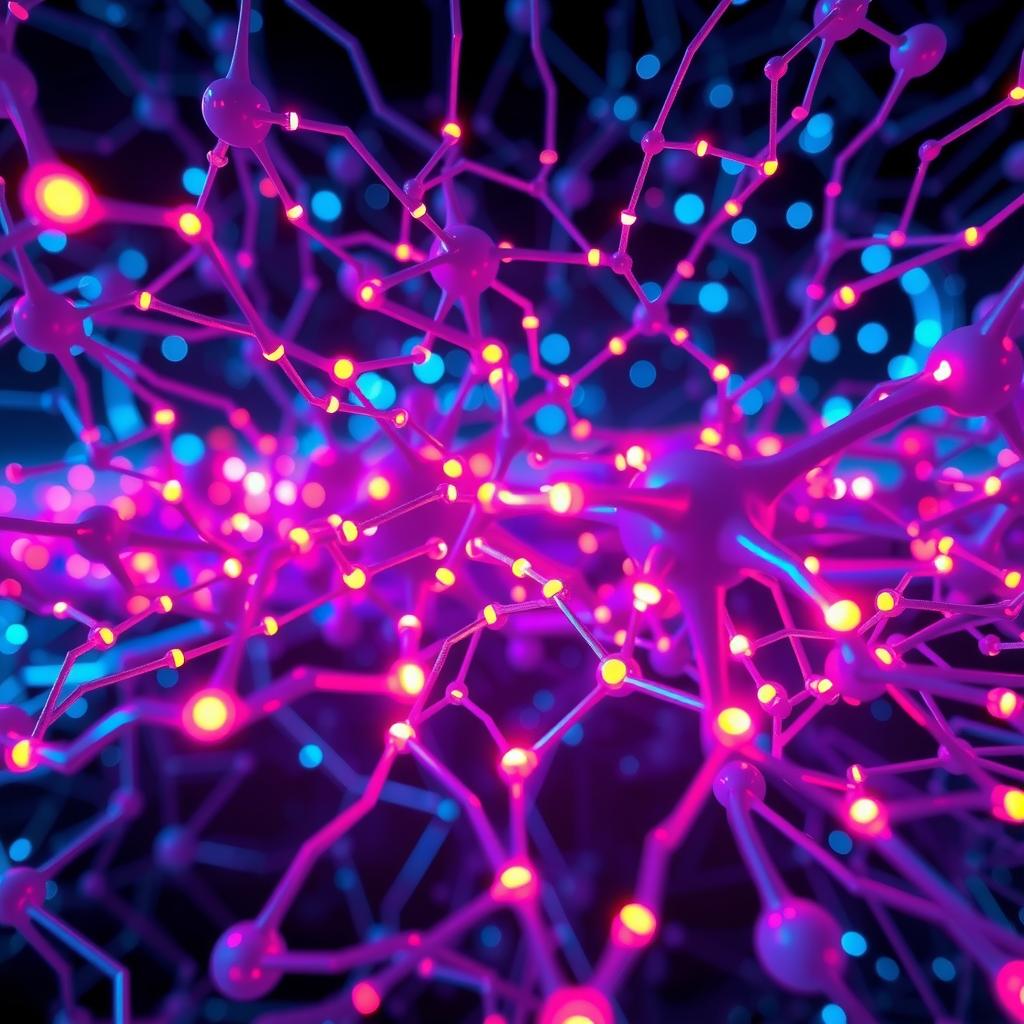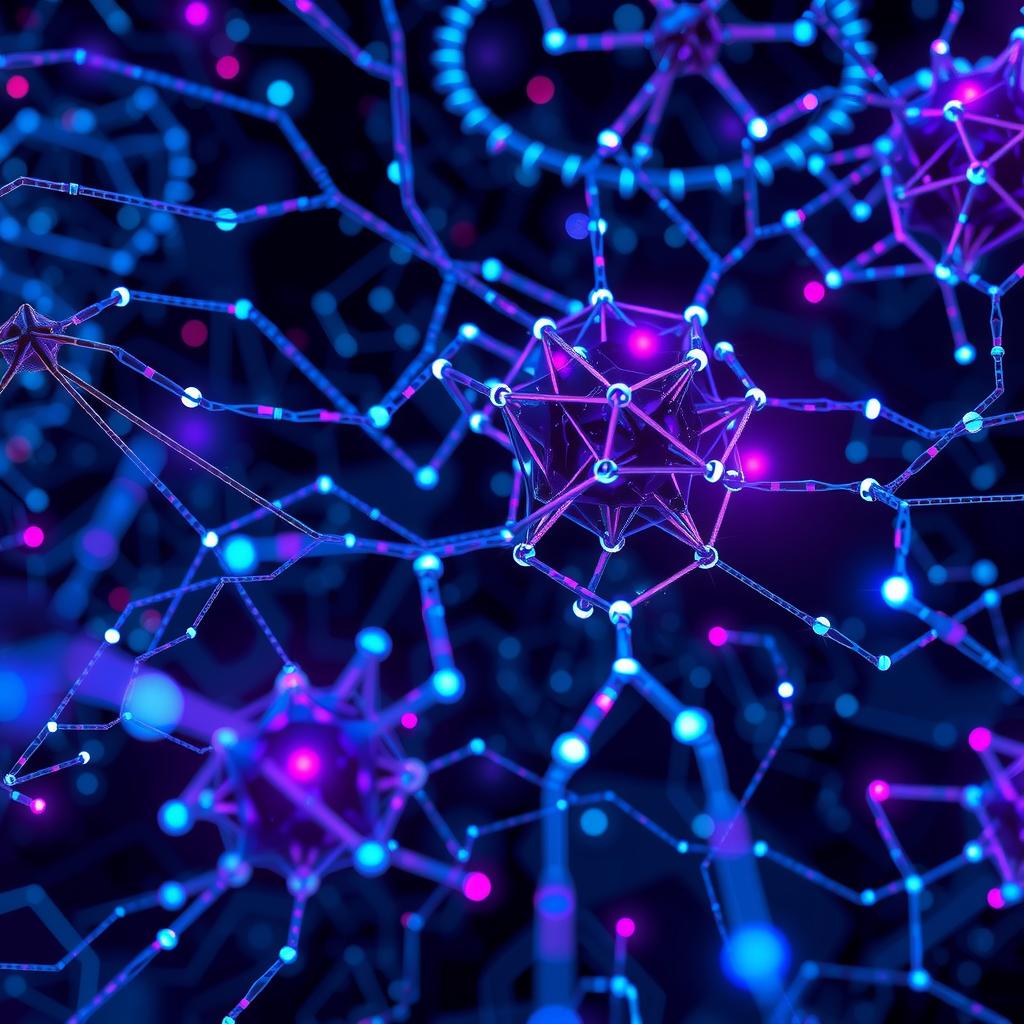In an age where nostalgia often intertwines with technology, one might wonder: how can we breathe new life into historical photographs that have faded with time? The answer lies in the innovative realm of GAN (Generative Adversarial Networks), a cutting-edge machine learning application that is revolutionizing the field of image enhancement. As society increasingly values art preservation and cultural heritage, the demand for effective methods to restore and colorize vintage images continues to grow. This blog post delves into the transformative applications of GAN in historical photo restoration and colorization, showcasing not only its technical prowess but also its profound impact on our connection to history.
The essence of GAN resides in its ability to generate stunningly realistic images from limited data. By leveraging this technology, historians and digital artists alike are now able to revive long-lost visuals that tell stories from eras gone by. Imagine gazing upon a black-and-white photograph from the early 1900s—now imagine it brought back to life through vibrant colors and intricate details achieved via advanced visual enhancement techniques powered by GAN. This process does not merely restore images; it enhances them, allowing viewers to experience a more authentic representation of past moments.
Moreover, as traditional methods of photo restoration can be labor-intensive and sometimes yield unsatisfactory results, incorporating GAN offers a glimpse into future possibilities for digital restoration. Its intelligent algorithms analyze patterns within existing photos while generating plausible completions for missing or damaged sections. The result is a remarkable blend of authenticity and creativity—a true testament to what modern technology can accomplish when paired with art preservation efforts.
As readers explore this article further, they will uncover how various organizations are harnessing GAN’s capabilities not just for artistic endeavors but also for educational purposes. Historical archives worldwide are becoming more accessible thanks to these advancements in processing old photographs through automated systems designed specifically for this task. By bridging gaps between generations through enhanced imagery, audiences can engage with their heritage like never before.
Join us on this journey as we unravel the exciting potential behind using GAN in restoring history’s treasures—discover how these sophisticated tools can transform mere relics into vivid narratives waiting to be shared again!

Key Insights:
- Revolutionizing Restoration: The efficiency of GANs in restoring historical photos The traditional approach to photo restoration has often been labor-intensive, requiring painstaking effort from skilled artisans. With the introduction of Generative Adversarial Networks (GAN), this process has transformed dramatically. By utilizing advanced algorithms, GANs streamline digital restoration techniques, enabling quicker and more effective enhancements of faded or damaged images. This shift not only preserves the integrity of historical photos but also makes art preservation more accessible to a broader audience.
- Bringing History to Life Through Colorization: The immersive experience offered by colorized historical imagery Black-and-white photographs frequently leave gaps in the viewer’s understanding, prompting curiosity about the colors that once defined those moments. Thanks to sophisticated machine learning applications like GANs, colorization has become a powerful tool for enriching these visual narratives. By applying effective image enhancement techniques powered by GANs, previously monochromatic images can be transformed into vibrant representations that evoke a deeper emotional connection with history, allowing viewers to appreciate past events in a new light.
- Future Directions in Art Preservation: Exploring case studies and advancements powered by GAN technology As society continues its quest for understanding its narrative through restored imagery, examining successful implementations of GANs reveals promising future developments within this field. Various case studies highlight how these technologies have already made significant strides in historical photo restoration and colorization. Looking ahead, further innovations driven by machine learning could reshape our interactions with cultural heritage while reinforcing the importance of preserving visual memory through advanced methods such as those provided by Generative Adversarial Networks.

The Essence of Visual Storytelling
Unearthing the Narratives Hidden in Historical Photos
Visual storytelling holds a unique power, enabling individuals to connect with history on an emotional level through images that capture moments long past. Historical photos serve as windows into the lives and experiences of those who came before us, allowing modern audiences to witness events ranging from monumental achievements to everyday life. The GAN (Generative Adversarial Networks) technology has emerged as a groundbreaking tool in this realm, enhancing our ability to restore and revitalize these visual treasures. By employing advanced photo restoration techniques powered by machine learning applications, historians and digital artists can bring faded photographs back to life with astonishing detail and vibrancy. This revival not only preserves art but also enriches our understanding of historical contexts, breathing new life into stories that might otherwise remain forgotten.
Digital restoration processes often involve sophisticated algorithms designed for meticulous image enhancement, capturing subtle nuances that traditional methods may overlook. For instance, the integration of colorization techniques allows monochromatic images to be transformed into lifelike representations of their original state—offering viewers a more immersive experience when engaging with historical content. Through tools like GAN, professionals are able to automate portions of this labor-intensive process while maintaining high standards for quality and authenticity. This intersection between technology and artistry underscores how innovative solutions like GAN can play a vital role in art preservation efforts today.
Revitalizing History Through Technology
Bridging Past Experiences with Modern Techniques
The impact of technology on historical photo preservation is profound; it serves not just as an enhancer but also as a bridge linking generations across time. As society increasingly embraces digital platforms for education and engagement, leveraging technologies such as GAN becomes essential for making history accessible in visually compelling ways. Digital restorations allow museums, educational institutions, and even private collectors to showcase their collections online without compromising integrity or detail—a significant shift from previously static displays reliant solely on physical viewing experiences.
Moreover, the capabilities offered by machine learning applications extend far beyond mere aesthetic improvements—they facilitate deeper research opportunities within cultural heritage studies by providing clearer insights into provenance or condition assessments over time through enhanced imagery analyses. As researchers employ advanced visual enhancement techniques enabled by GANs alongside traditional scholarship methods—there arises an enriched dialogue surrounding interpretation and meaning-making tied closely to specific artifacts or periods depicted within restored photographs.
In summary, embracing technological advancements like photo restoration, particularly through innovations such as colorization via GAN, transforms how societies engage with their histories while preserving invaluable narratives found within each image captured over decades past—even centuries ago!
The Impact of GANs on Photo Restoration
Harnessing the Power of Machine Learning for Memory Preservation
Generative Adversarial Networks, commonly known as GANs, have emerged as transformative tools in the realm of photo restoration. By utilizing sophisticated machine learning algorithms, GANs facilitate remarkable enhancements in image quality that are particularly beneficial for restoring historical photos and personal memories alike. These networks operate by pitting two neural networks against each other: a generator that creates images and a discriminator that evaluates their authenticity. This adversarial process results in the generation of high-fidelity images, which can be crucial when dealing with old or damaged photographs requiring meticulous digital restoration. The ability to seamlessly reconstruct missing parts or enhance faded colors allows GANs not only to breathe new life into cherished memories but also to preserve cultural history through art preservation.
The application of GANs extends beyond mere repairs; they significantly improve colorization techniques used in photo restoration projects. Traditional methods often fall short when it comes to accurately infusing realistic hues into monochrome images. However, with advanced visual enhancement techniques powered by GANs, restorers can achieve more authentic results that resonate well with contemporary audiences while maintaining fidelity to the original essence of historical photos. As these models learn from vast datasets containing both colorized and grayscale images, they become adept at predicting suitable colors based on contextual cues within an image—thereby elevating the overall quality and appeal of restored artworks.
Moreover, the efficiency offered by GANs streamlines workflows involved in digital restoration processes significantly. Time-consuming manual corrections typically required during traditional restoration efforts are minimized thanks to automation provided by machine learning applications like those seen with GANs. Restorers can focus on refining details rather than laboriously correcting every flaw individually due to this intelligent assistance from AI technologies—a shift that enhances productivity while preserving artistic integrity across various mediums including photography and painting.
In conclusion, it is evident that Generative Adversarial Networks play a pivotal role in enhancing photo restoration practices today. As technology evolves further, we may anticipate even greater advancements within this field driven by innovations stemming from machine learning such as deep learning frameworks incorporating elements found within visual enhancement techniques. The potential for improved accuracy alongside elevated aesthetic outcomes positions GAN technology as an indispensable asset—not just for professional restorers but also enthusiasts looking forward toward reviving memories enshrined within fading photographs captured throughout time’s passage.
Breathing Life into the Past
The Transformative Power of Colorization
Colorizing historical images is more than just an artistic endeavor; it serves as a pivotal tool in enhancing our understanding and appreciation of past cultures. By employing techniques such as GAN (Generative Adversarial Networks), digital restoration has reached new heights, enabling historians and enthusiasts alike to perceive the vibrancy of bygone eras. Historical photos often appear lifeless in their monochromatic states, leading to a disconnect between modern viewers and the realities faced by individuals from previous generations. Through careful colorization, these images are transformed into vivid representations that resonate on emotional levels with contemporary audiences. This visual enhancement not only captures attention but invites deeper exploration into cultural practices, societal norms, and daily life events that may have been overlooked when viewed solely in black-and-white.
Contextual Depth through Art Preservation
Enhancing Historical Narratives
The process of image enhancement through colorization also enriches narratives surrounding significant historical events or periods. When applied thoughtfully using advanced technologies like GAN, this technique allows for a more nuanced interpretation of history. For instance, consider the difference between viewing sepia-toned photographs from World War I versus their digitally restored counterparts infused with realistic colors—fields of poppies can be seen blooming against soldiers’ uniforms previously limited to shades of gray. This juxtaposition provides context beyond mere aesthetics; it evokes emotions tied directly to shared human experiences during tumultuous times. Moreover, colorized images can offer insights into cultural symbolism associated with various hues used historically—a practice deeply rooted in traditions across different societies.
Bridging Generational Gaps
Connecting Past and Present
In today’s digital age, where machine learning applications play an integral role in many facets of life, utilizing tools such as GAN for photo restoration presents an opportunity for intergenerational dialogue about heritage and identity. Younger audiences might find themselves disengaged when confronted exclusively with black-and-white photographs lacking contextual richness related to their ancestors’ lives or struggles faced throughout history’s timeline. However, vibrant portrayals influence perception significantly; they foster connections within families who explore ancestry while appreciating how societal transformations shape personal legacies over time—ultimately bridging gaps across generations through shared visual storytelling.
A New Lens on Cultural Heritage
Rediscovering Stories Untold
Furthermore, colorized historical images serve as catalysts for rediscovering stories long forgotten or marginalized within conventional education systems regarding art preservation practices globally—their significance cannot be understated! With advancements like GAN, artists can restore detail lost due to aging without compromising authenticity—allowing communities worldwide access not only visually appealing content but also invaluable lessons embedded therein about resilience amidst adversity experienced collectively over centuries gone by! As new perspectives emerge alongside ongoing technological progressions empowering creators everywhere—we stand at a unique crossroads where previously static representations become dynamic avenues toward fostering heightened awareness surrounding diverse heritages waiting patiently beneath layers upon layers obscured by time itself!
Frequently Asked Questions:
Q: What are Generative Adversarial Networks (GANs) and how do they work in photo restoration?
A: Generative Adversarial Networks (GANs) are advanced machine learning algorithms designed to create new data by analyzing existing datasets. In the realm of photo restoration, GANs utilize their ability to learn patterns from historical images, allowing them to repair and enhance faded or damaged photographs efficiently. This innovative approach significantly reduces the labor-intensive nature of traditional restoration methods while producing high-quality results that breathe new life into forgotten visual treasures.
Q: Can GAN technology effectively colorize black-and-white historical photos?
A: Yes, GANs excel in the task of colorization as well. By processing large amounts of data from both colored and black-and-white images, these networks can predict realistic colors for various elements within a photograph. This application not only fills critical gaps in our understanding of past environments but also enriches viewers’ experiences with a more immersive representation of history through enhanced visuals.
Q: What impact does GAN-driven photo enhancement have on art preservation?
A: The integration of Generative Adversarial Networks (GANs) into art preservation represents a significant advancement in maintaining cultural heritage. By employing sophisticated image enhancement techniques, these technologies can restore lost details and improve image quality, making historic imagery more accessible to contemporary audiences. As society increasingly values its artistic legacy, the role of GAN technology becomes paramount in ensuring that future generations can connect with their history through beautifully restored and colorized visuals.




